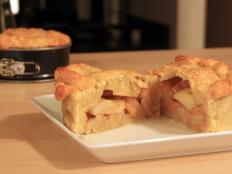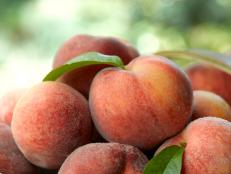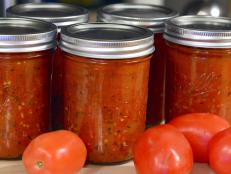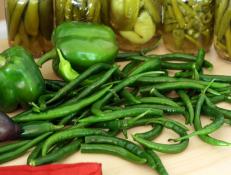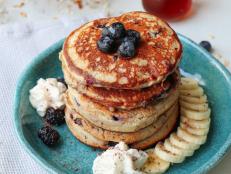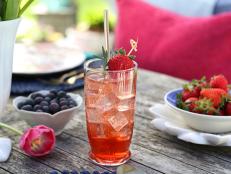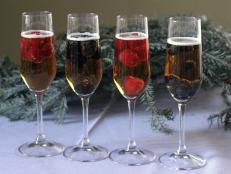Crabapple Jelly Recipe

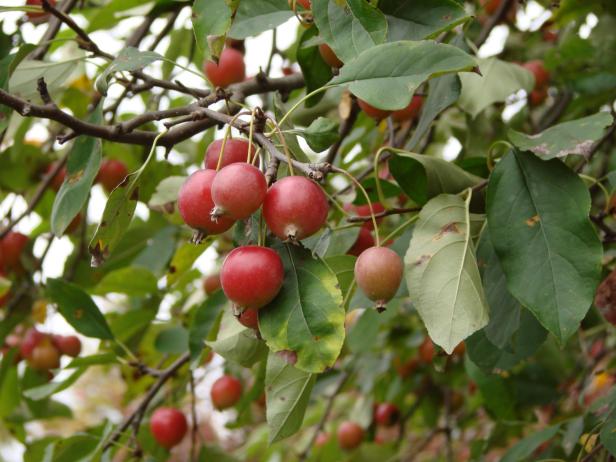
Crabapple trees are popular ornamentals. Small to medium in size, the drought-tolerant trees are fairly low maintenance and offer colorful blooms in springtime. In the fall, the trees provide a second burst of color as the fruit emerges. In colors ranging from brilliant red to yellow, the fruit of the crabapple tree are a beautiful addition to the fall landscape and will attract a variety of birds.
The cherry-sized fruit often persist into the winter months and most people tend to leave them to the birds. Extremely tart when picked, that bitter blast leads some to believe this fall fruit is inedible. In reality, crabapples belong to the same genus as regular apples (Malus). Although they lack the sweet hand-fruit appeal of other varieties in the genus, the primary differentiation is one of size. Fruit of trees in the Malus genus larger than 2” are called apples. Anything smaller is known as a crabapple.
Despite this clarification, eating the fall fruit straight from the tree doesn’t hold much appeal. High tannin content makes crabapples mouth-puckeringly sour. Tamed by cooking with sugar, however, the vibrant flavor of crabapples shines. The misunderstood fruit of the crabapple tree can be used in pies, syrups, wine or even pickled with great success. Like other fruit of its genus, crabapples are high in pectin, making jelly perhaps their most popular use.
Crabapple jelly has just two ingredients: Crabapples and sugar. Once the fruit has been cooked, the juice can be extracted to produce a bright and beautiful jelly with just the right bite.
Not all crabapples are created equally. Depending on the variety, crabapples with less pectin may require additional cook time. Once jelly has hit the magic 220 degrees, drizzle a drop onto a cold plate (pop one in the freezer before you begin) and let it rest a minute or two. If it is runny and no surface skin has formed, allow jelly to cook another 2-3 minutes and test again before canning.
Crabapple Jelly
- 3 pounds firm, ripe crabapples
- 4 cups sugar
Wash crabapples and remove any soft, damaged or discolored fruit.
Remove stem and blossom ends and quarter crabapples.
Combine crabapples with 3 cups of water in a large pot and bring to boil.
Reduce heat, cover, and simmer 20 minutes until fruit is soft.
Strain juice from pulp using cheesecloth (juice yield should be about 4 cups).
Combine juice and 3 cups sugar in pot and bring to boil until reaching a temperature of 220 degrees.
Ladle jelly into 6 sterilized half-pint jars leaving 1/4" head space.
Cap jars with lids and bands and process 10 minutes in hot water bath to seal.






